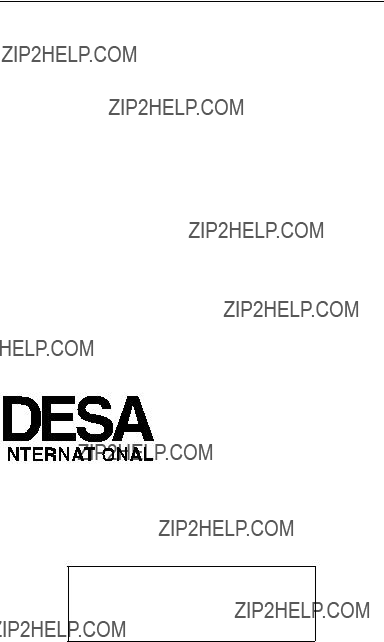Tool Assembly
ATTACHING LINER TO TOOL BODY
1.Replace two ball bearings and springs into end of liner (see Figure 9, page 20).
2.Slide tool body onto liner.
3.Insert two screws into front of tool body just under liner. Tighten screws firmly.
ATTACHING TRIGGER ASSEMBLY TO TOOL BODY
1.Insert trigger assembly into tool body at rear of body (see Figure 8, page 20).
2.Replace trigger pin. Do this by inserting trigger pin through tool body and trigger assembly. After pin is inserted, tighten pin firmly using a standard screw driver.
ATTACHING FIRING PIN ASSEMBLY
1.Insert push pin into tool body (see item 12, page 17, for push pin location). Hole for push pin is located in cylinder at rear of tool. The hole for the push pin is located beside center hole in cylinder. Insert narrow end of pin first.
2.Insert sear assembly into cylinder at rear of tool body. Sear assembly consists of sear, spring, and sear holder (see items 21, 22, & 23, page 17). Insert sear assembly sear-end first (see Figure 10). Make sure sear is pointing towards bottom of tool. Note: Use screw driver to depress sear so sear assembly can pass into cylinder. Press sear assembly into cylinder until it stops. Note: Sear can be seen through slot in bottom of cylinder. Use screw driver to depress sear through slot. Move sear assembly further into cylinder until sear is located at center of slot.
Sear Assembly
Sear
Sear
Slot
Figure 10 - Inserting Sear Assembly Into Cylinder As
Viewed From Bottom Of Tool
3.Insert firing pin (point-first) into sear assembly. Make sure notched side of firing pin is pointing towards top of tool body. Do not force firing pin assembly into place.
Use screw driver to depress sear through slot in cylinder. With free hand, gently press firing pin until it drops into place.
4.Place smaller diameter spring into sear assembly. Make sure spring is over top of firing pin (see Figure 7, page 20).
5.Place large diameter spring over top of smaller spring (see Figure 7, page 20).
6.Place plug over end of both springs.
7.Press plug to tool body. This will compress the springs into the tool body. After plug enters tool body, turn plug 90?? to lock plug.




 ?
? 

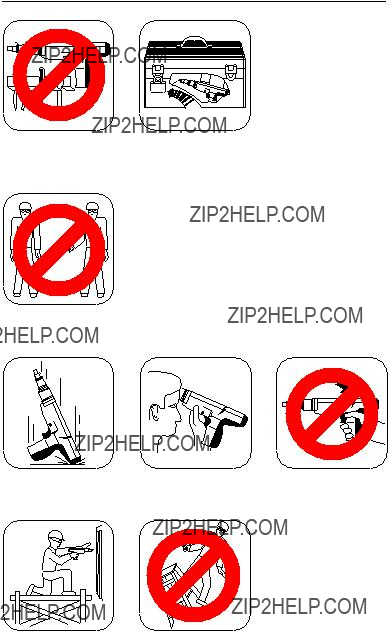



 ?
?


 1/2"
1/2"
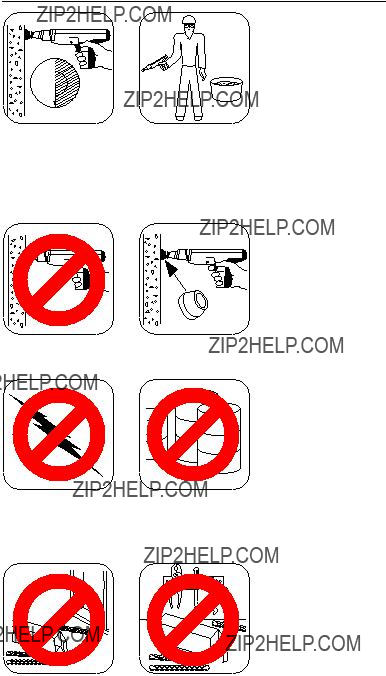



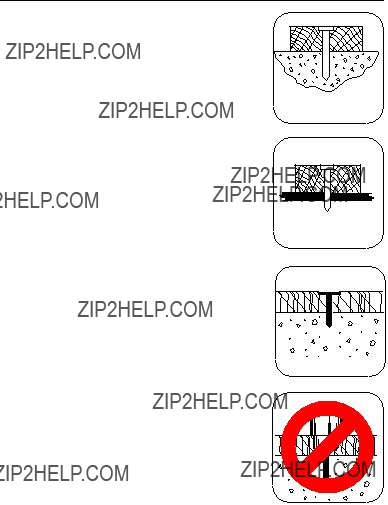

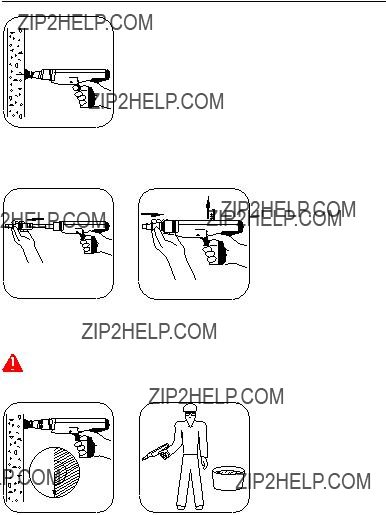


 22
22







 Base Plate
Base Plate Piston Sleeve
Piston Sleeve




